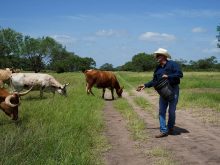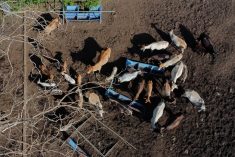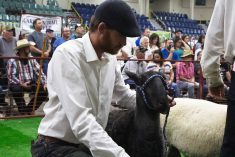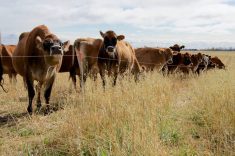RED DEER – An equine influenza outbreak in Australia last August is a good example of how fast a disease can spread within a population without immunity and how governments can respond.
The nonfatal disease affected thousands of horses in New South Wales and throughout Australia. The government hopes to eradicate it by the end of March.
It is suspected the disease arrived with four Thoroughbred stallions from Japan, where influenza had appeared earlier in the summer. The virus escaped quarantine around Aug. 25 and went on a rampage through a nation that had never experienced horse influenza.
Read Also
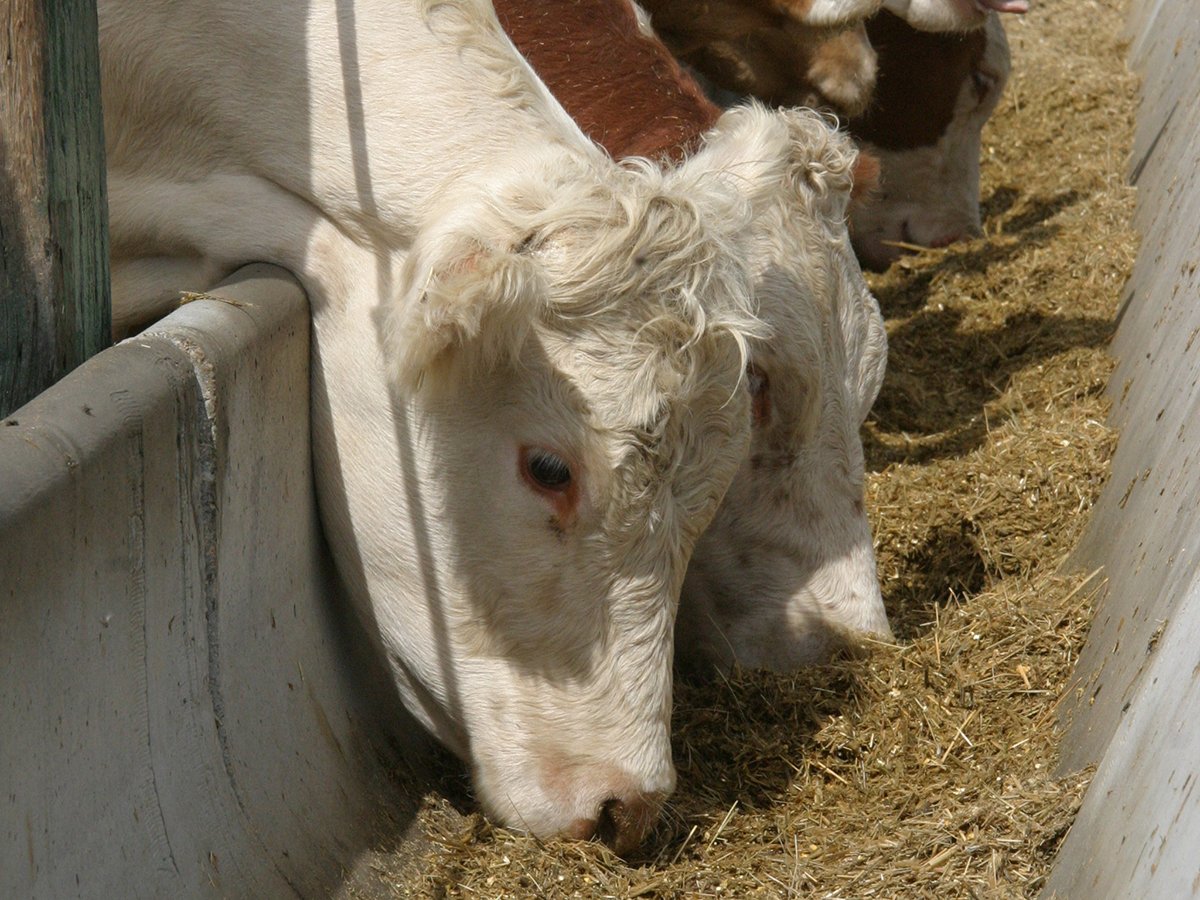
Alberta cattle loan guarantee program gets 50 per cent increase
Alberta government comes to aid of beef industry with 50 per cent increase to loan guarantee program to help producers.
About 6,000 premises ultimately had positive cases with the disease peaking in November.
The disease spread like wildfire even as enforcement officers controlled movement and vets did what they could, said veterinarian Robert Tremblay.
“It illustrates how quickly influenza can spread and how difficult it is for biosecurity practices to reduce the risk of spreading disease,” he said at the recent horse breeders conference in Red Deer.
Biosecurity should not be neglected and it needs to be part of a larger herd heath program that includes vaccination.
“The biosecurity practices probably went a long way to minimizing the impacts this influenza had and it minimized its spread throughout more of Australia,” said Tremblay, who works for Boehringer Ingelheim Canada.
The disease has a short incubation period and spreads quickly. Horses can pass it on even before they show symptoms.
The Australian government shut down horse activities and no horses in infected areas were allowed to move off their farms. The government refused to allow vaccination, fearing it could jeopardize its disease-free status. As the situation worsened, it acquiesced and vaccinations were ordered at the end of September.
It affected racehorses, police horses and privately owned horses. It also shut down fairs, races and shows in the eastern regions.
The government published a 23 page biosecurity manual, horses had to be tattooed and health records maintained.
There are a number of influenza strains that have evolved over the years and it is endemic in North America, where mortalities tend to be low. However, five percent of infected horses in Australia died.
Scientists believe birds originally spread the virus 50 years ago. It does not affect people but dogs were infected in 10 American states in 2004-05.
They were mostly racing Greyhounds and dogs in kennels. Mortality rates were high, with dogs tending to die of hemorrhagic pneumonia. It did not affect their handlers.
Disease symptoms in horses are not distinct enough for a definite identification to be made without a lab diagnosis. Most vets treat the symptoms.
The virus is spread by direct contact, nasal secretions and sputum. Aerosol from sneezing or coughing can spread the virus 50 metres. People can carry it on clothing, hair and skin. Tack and trailers can harbour the disease.
Symptoms include a high fever of more than 40 C. Horses suffer from depression, muscle soreness, coughing, enlarged lymph nodes, colic, swelling in the legs, chest, abdomen or scrotum and watery nasal discharge that can become white and thick.
More severe infections can lead to pneumonia and inflammation of the lungs and in rare cases cause heart damage.
“Most horses with infection make an uncomplicated recovery,” Tremblay said.
Other diseases that look similar include equine rhinovirus and strangles, a
bacterial infection of the lymph nodes.
Rest and plenty of fluids are needed. Some drugs may be used to lower fever or reduce the thickness of mucus and open airways.
If possible, producers should move horses to pasture or a paddock with reduced dust in feed.
Feed should be placed on the floor so that horses’ respiratory tracts can drain. Uneaten feed should be removed.
Horses should not return to exercise aggressively.
“If you go back too fast, you don’t gain anything,” he said.
Biosecurity can be difficult but horse owners can take steps to reduce the risk of exposure:
- Make sure fences are secure so horses from other properties do not touch and share disease.
- Minimize the contact with other people who have horses, especially if they have been around a sick horse.
- Disinfect boots and wear protective clothing when dealing with sick horses.
- Keep horse equipment isolated from other horses and between properties. Don’t share tack or buckets.
- Buy feed and bedding from clean sources.
- Control human traffic on the farm.




